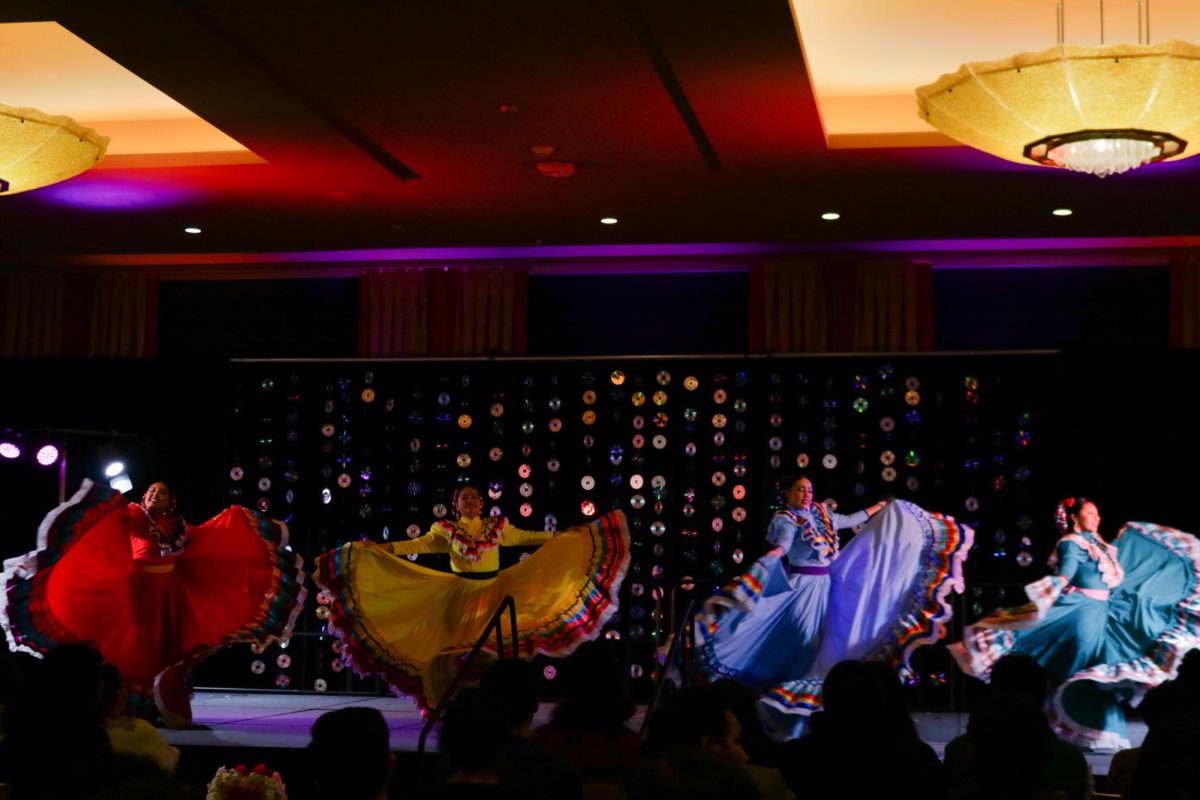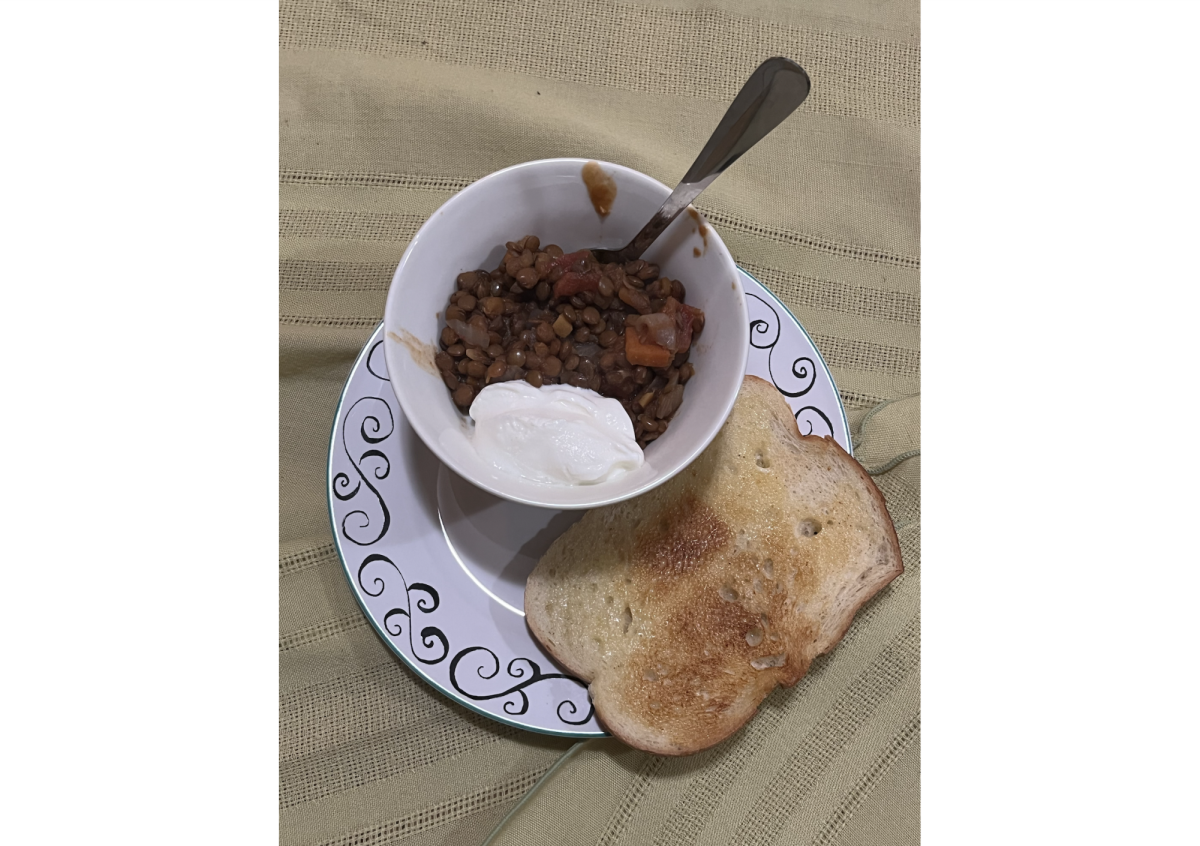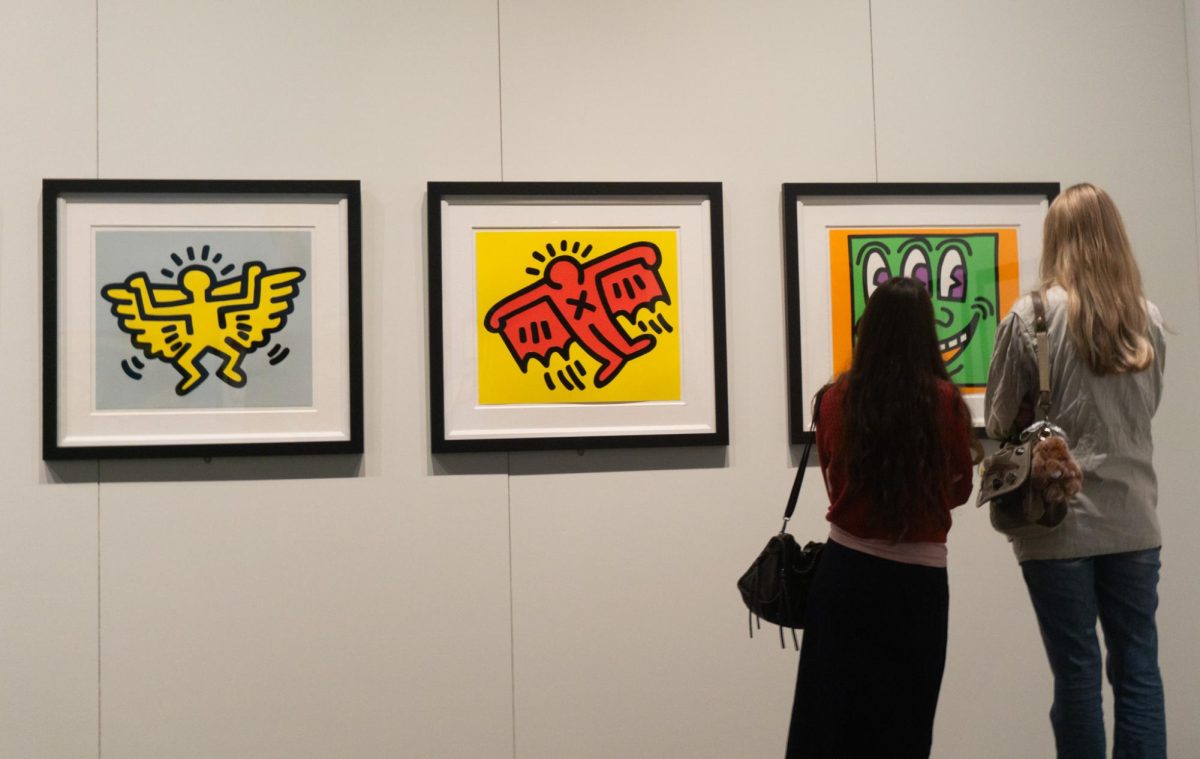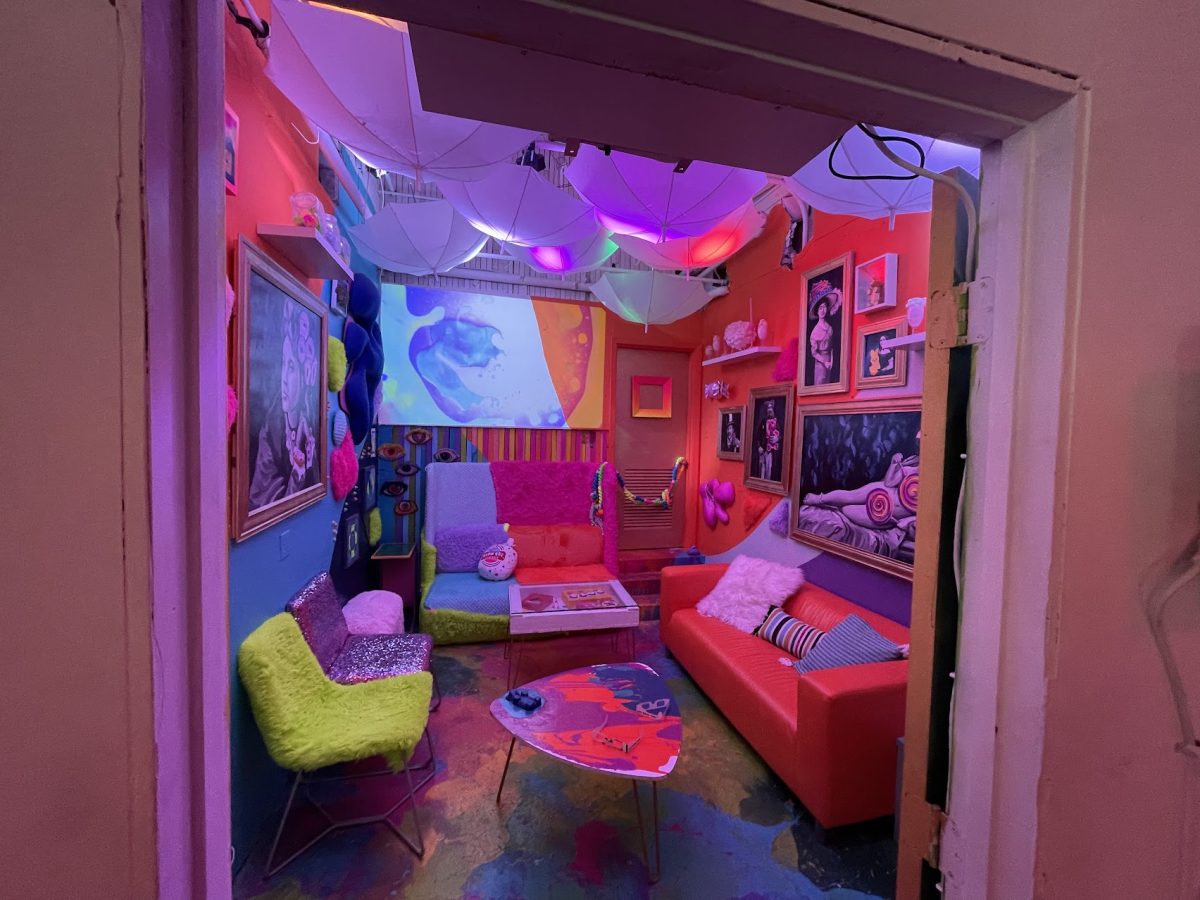Since mid-July of 2017, the art galleries on Seattle University’s campus—the Vachon Gallery, the Hedreen Gallery and the Kinsey Gallery—have been without a curator. Last month, Molly Mac was appointed the new Galleries Curator for these three spaces and hired for a teaching position at Seattle U.
Mac’s background is in printmaking, animation, video installation and performance. Mac is interested in a type of art that she calls “time-based media,” where the repetition and daily routines of reinforced power dynamics and overdone narratives in white supremacy are revealed and challenged. She held a curatorial position starting in 2016 at The Alice, a Seattle-based art gallery.
“I want to produce and facilitate conversations that lead to shared analysis, community-building and social action—and I’ll do that in fluctuating, sometimes overlapping roles [as] a curator, educator, artist or producer,” Mac said over e-mail correspondence.
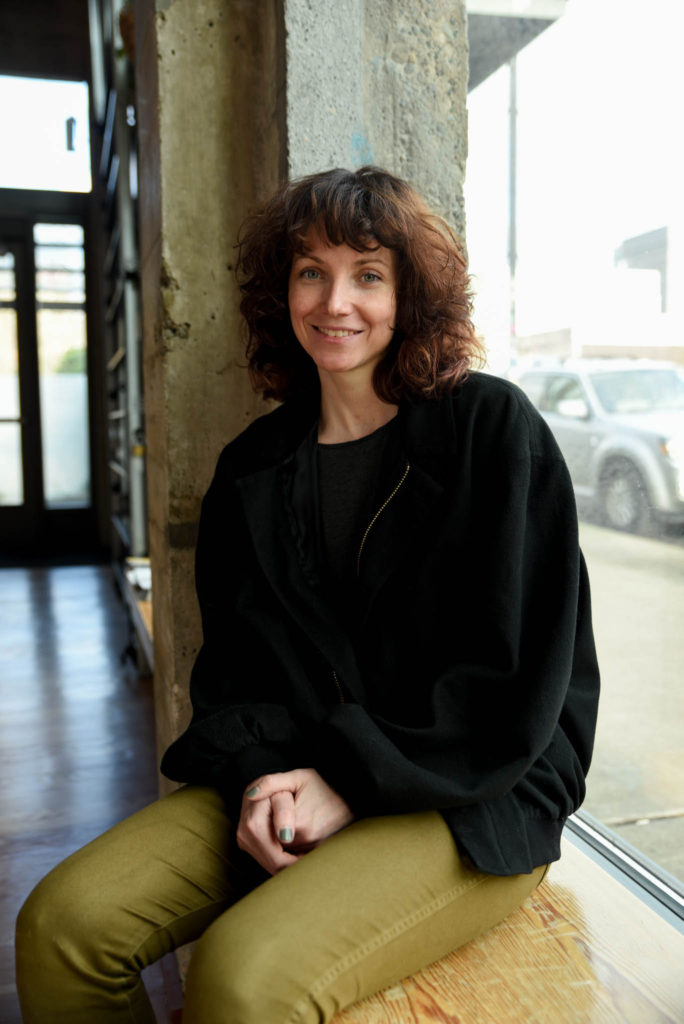
Molly Mac, Seattle Universities new Galleries Curator and Instructor.
One unique project that Mac has started to develop is the annual Hedreen High Resolution Moving Image Artist Residency Program, where a visiting artist would be able to use the space at Seattle U to create a high-resolution research project over the course of a year. The art could include digital photography, animation, motion graphic, game design, video or film, and ideally Mac wants different departments and its students to have the opportunity to work with and support the artist.
On Jan. 25, the Hedreen will open its next show, “Favorite’s Favorite’s Favorite” which will feature local artists D.K. Pan, Christopher Paul Jordan and RYAN! Fedderson, who invited each other to participate in the show out of admiration for their works. In March, the gallery will feature a solo show, “Collapse: New Work” from painter Dewey Crumpler, where five large mixed-media paintings will consider shipping containers as intersections of social, ecological and economic collapse.
“I love working collaboratively to help to make creative ideas into reality and I love building networks of support and engagement for emerging artists,” Mac expressed. “I also like to try to support established artists to have conversations about their work they don’t normally get to have. Artists are so often commodified into one identity or ‘style’.”
Mac said that making stronger and more supportive opportunities for student art exhibitions is her priority and is trying to do as much listening as she can, especially in the students’ needs for expansion beyond the Vachon Gallery.
Mac attended five different student critiques and met with the leaders of ArtsideOut, Seattle U’s art club that is focused on building a community of artists to discuss and showcase their works. Mac wants to integrate opportunities like juried student shows, collaborative events, joint openings, off-campus projects, increasing connections with alumni, and reaching out to the Seattle art community and national art community.
“I think that it is not so much about how certain spaces have less or more access or permission for students to use,” Mac said, “and more about thinking about how that access will take many integrated forms—strong programming, meaningful paid internships, curatorial platforms, exhibition production opportunities, open calls to show work, studio visits, [and so on].”
Through her experiences as both a creator of art and a producer for art, Mac has said that she has a better understanding of the industry she works in and is steadfast in her vision to create real change through this new position about how different cultures are seen and portrayed through art.
“I also recognize that curators have a lot of power and influence, both spoken and unspoken, and I think that as I have stepped into that role I have found the norms for the industry to be rooted in deeply inequitable practices,” Mac said. “I am committed to shifting those power dynamics into models that center transparency and accountability, and I am interested in talking about those shifts as they happen.”
Mac explained that building good feelings of support through exhibitions, courses and events in the community will start conversations and naturally cause more student exhibition opportunities and student submissions.
“I firmly believe that being part of a meaningful art community is more than just having ‘your art’ on display or getting a grant or selling a piece— but about being a part of a movement [and] using art and culture to make change and make space to imagine the world you want to live in.”
The first challenge Mac has to tackle, however, will not be finding provocative exhibitions to display, but smoothing out nail holes in and evenly painting the walls in Hedreen and Vachon.
The editor may be reached at
arts@su-spectator.com



